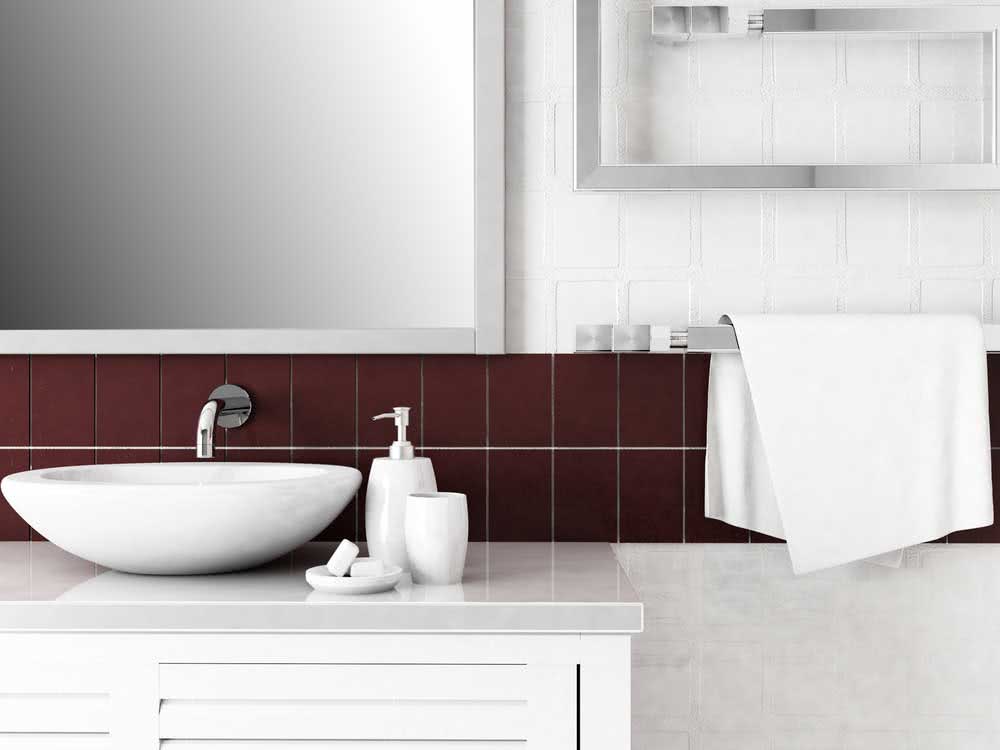There is no planet B. Everything that is created and produced here remains here. The toothbrush you used in your childhood still exists, the sachet of snacks you ate in that movie session also survives in some corner of the planet, as well as thousands of other things that you, one day, thought you « threw away ”.
Well, this idea of “throwing away” is totally wrong and outdated. But, you, as a conscious and responsible being, have already noticed this and are now here looking for tips to reduce waste, right? Wonderful! Then follow the post with us and find out how to take this important step towards a sustainable planet.
The problem of garbage
It is estimated that by 2050, three planets will be needed to meet consumer demand and, consequently, all the generated waste.
Currently in Brazil alone, around 230 thousand tons of garbage are produced every day, according to data from the IBGE (Brazilian Institute of Geography and Statistics). There are 80 million tons of garbage per year! Of all this amount, only 4% is recycled, an insignificant number.
And what’s the problem with that? The garbage present in landfills and dumps is directly responsible for the increase in greenhouse gases and, consequently, for global warming.
Not to mention the garbage that is not collected correctly. In many places, unfortunately, selective collection is precarious, causing all the garbage produced by the local population to end up where it shouldn’t, such as rivers, water tables, springs and other important biomes, resulting in the pollution and death of thousands of animals and botanical species.
How to reduce waste: general tips

Conscious consumption
Conscious consumption is one of the first steps towards a coherent and effective waste reduction. You can even recycle, reuse or properly dispose of your trash, but understand, it will still exist.
For this, try to reflect and analyze coldly the products you usually buy. Are they really necessary? Is there the possibility that a single product has more than one function and you avoid buying unnecessary items? Are you a compulsive consumer?
The answers to these questions help you to reduce waste, save money and live lighter.
The five « Rs »
The five “rs” are a set of environmental actions that aim to reduce waste and bring about changes in the consumption structure of today’s society.
The first R is “rethinking”, that is, critically evaluating what is being purchased. The second R is “refuse”. It is not because it is being offered that it needs to be purchased. The logic of the market is to sell, so you must be aware of advertising appeals so you don’t get carried away by false needs.
Next comes the R for “reduce”. Consuming is important and we need it to survive, but do you need a hundred pairs of shoes or 50 pants in your closet? Start to reduce your consumption level and thus produce less waste.
The fourth R is for “reuse”. Many products, when they reach the end of their useful life, end up going straight to the trash, without even blinking. But couldn’t you put it to creative use?
There are several tutorials on the internet that teach how to reuse and reuse the most varied types of materials. Nowadays it even has a name for it: upcycling, that is, a creative way of reframing products that have lost the meaning for which they were created.
To close the cycle of the “R” comes from “recycle”. After rethinking, refusing, reducing and reusing you can and should recycle. But, mind you, only after all these other possibilities have been exhausted. It is critical to understand that recycling is not the world’s salvation. It is important, but within this context of environmental awareness.
Is it plastic?
When you go to the supermarket or any other store, always prefer to buy products that are not made of plastic, whether on the product itself or on the packaging.
That’s because plastic is a toxic, super-polluting material that takes centuries to decompose. Then you might be asking yourself “ah, but just send it to recycling”. That’s not quite how it works!
There are several types of plastic produced by the industry and, unfortunately, the vast majority of them are not recyclable or when it is, it ends up having such a high cost that it ends up not compensating for recycling companies.
Therefore, when in doubt, prefer to buy products made from materials with greater recycling potential, such as those with paper, cardboard, glass or metal packaging.
All you have to do is look for the equivalent product on the supermarket shelf and make the exchange.
Quality x quantity
You know that story about the cheap that is expensive? This is very true in garbage disposal.
The higher the quality of a product, the greater its durability and, consequently, the lesser the chances it will end up in the trash.
Most of the time, we choose to buy products of inferior quality under the illusion that we are taking home a larger quantity or that we are saving money. But this is a mistake.
A T-shirt, for example, made of a good material will last much longer in your closet than another model made of inferior fabric.
Result: you paid cheaper, but in a short period of time you will need to replace the part and the planet will earn more garbage thanks to your bad choices. Think about it then, okay?
have a mother dump
You don’t need several trash cans around the house, with a small plastic bag in each one.
Instead, keep a trash can only in the bathroom. The other garbage in the house can be directed to a mother garbage can responsible for receiving all the debris produced in the house.
Selective collect
It may seem obvious, but it doesn’t hurt to reinforce. Practice selective waste collection. For this, you only need to separate organic waste from inorganic waste, that is, you don’t need to have four bins each one of a color occupying the most space in your house. This simple separation is enough. Then just forward to selective collection. But if your city does not have this service, look for the nearest cooperative and take your garbage there.
How to reduce waste in the bathroom

The bathroom is one of the biggest waste generators in a home. But you can reduce it considerably with the following tips:
Recyclable packaging
When buying hygiene and beauty products, prefer those with packaging that can be recycled. Paper and cardboard are the best, then comes glass and finally plastic.
Family-size packages are also more suitable as they increase the time to purchase a new product.
Bamboo Brushes
Have you ever thought about replacing your traditional toothbrush with bamboo toothbrushes? They have the same functionality, but with the big difference of being biodegradable.
Unfortunately, it is still difficult to find this option in traditional markets and pharmacies, the solution is to buy online.
permanent shavers
Also take the opportunity to reduce disposable razors by permanent razors, where only the blade is replaced.
menstrual collector
Replace conventional pads with menstrual cups. Nowadays there are several models, such as silicone cups and absorbent panties.
sustainable rods
The famous cotton swabs with plastic rods can also now be exchanged for more ecological versions, such as those made of recycled paper. On the internet it is very easy to find options for sale.
crochet disks
The cotton you wear every day to clean your skin and remove makeup can be replaced with crochet pads or towel pads. After using, just wash and you’re done.
How to reduce kitchen waste

The kitchen is another big producer of household waste, but don’t worry, you can also reduce it. See the tips:
Expiration date of products
When you get home with purchases from the fair and the market, organize the pantry and the refrigerator, keeping the products with the closest expiration date on the front so that they are consumed first.
Don’t buy more than you can consume
Don’t overdo your shopping, especially for perishables such as fruits, vegetables and legumes. Buy only what you will consume in the week. To help you, it’s even worth planning a menu so that you buy only what you will use in preparing the recipes.
freeze
Anything you are not going to consume right away and can be frozen, freeze. It makes your life easier and reduces the waste produced in the kitchen.
Enjoy husks and stalks
Cabbage stalks, banana skins, pumpkin seeds…it’s all food! You can make delicious recipes with these “leftovers”, reducing waste and saving money.
returnable bags
When shopping, take returnable bags with you. Yes, the ones made of cloth.
avoid delivery
Ready-to-eat foods are handy in that rushing moment, but avoid them as much as possible. With the order, you receive packaging (often made of Styrofoam), as well as disposable cups and cutlery. Horrible!
compost
Finally, when you can no longer reduce or reuse, send the leftovers from your kitchen to compost. They turn to fertilizer to make their little plants happy.
Did you see how it is possible to reduce waste, positively impact the planet and without losing the comfort of modern life? No more excuses!



